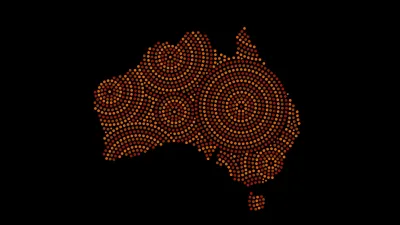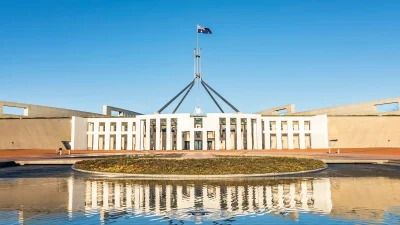‘Firecracker’ move by RBA to add $100b to QE programme


The Reserve Bank of Australia (RBA) ‘surprised’ commentators on Tuesday by announcing an additional $100 billion for its bond buying programme.
It left rates unchanged at 0.1% but announced an expansion of the bond buying programme, also known as quantitative easing, beyond April at the current rate of $5 billion a week, for an additional $100 billion in total. This was because it judged Australia to have considerable spare capacity for some time which would mean underlying inflation would be below target.
Commentators said this move had not been expected to happen for several months yet.
Shane Oliver, chief economist at AMP Capital, said: “We agree with the RBA that the achievement of its inflation and jobs goals is still “some way off” and so it’s way too early to be considering winding back its easy monetary policy.
“So it makes sense to continue with its bond buying program beyond April – without which the Australian dollar would be much higher. By seeking to anchor easy money expectations for several years the RBA is also indicating that it’s learned from the experience since the GFC where it has arguably not been dovish enough which may have made it even harder to get inflation back up. It’s another example of central banks now being prepared to take more risks with inflation in order to get inflation back to target.”
Kerry Craig, global market strategist at J.P. Morgan Asset Management, said: “There was little expectation of fireworks from the RBA today, but their statement contained a firecracker, in the form of an extension to the $100 billion bond buying program beyond the April 2021 deadline. Today’s actions clearly show that the RBA is willing to use all its tools to keep rates down and reduce the government’s borrowing costs.
“In a market that has questioned the fundamental outlook for risk assets and equities, this commitment from the RBA should provide some reassurance to investors that central banks are willing and able to bridge the gap to a post-COVID economy. There was a risk that central banks could lose their nerve in the face of rising rates of economic and asset price inflation. However, what we got was a commitment to hold yields down to support governments and corporate borrowing.”
Recommended for you
T. Rowe Price believes Australian growth is successfully managing to shrug off consumer weakness, but the firm’s multi-asset team is not yet positive enough to increase its underweight position.
Iress has issued an update denying the validity of “certain statements” made by an alleged threat actor, following a cyber incident last weekend.
The latest budget papers have outlined a $10 million provision for ASIC greenwashing enforcement activity as well as funds for a sustainable labelling regime to be partially met by industry levies.
Betashares has expanded its fixed income solutions with the launch of a new ETF offering exposure to subordinated bonds issued by the big four Australian banks.















